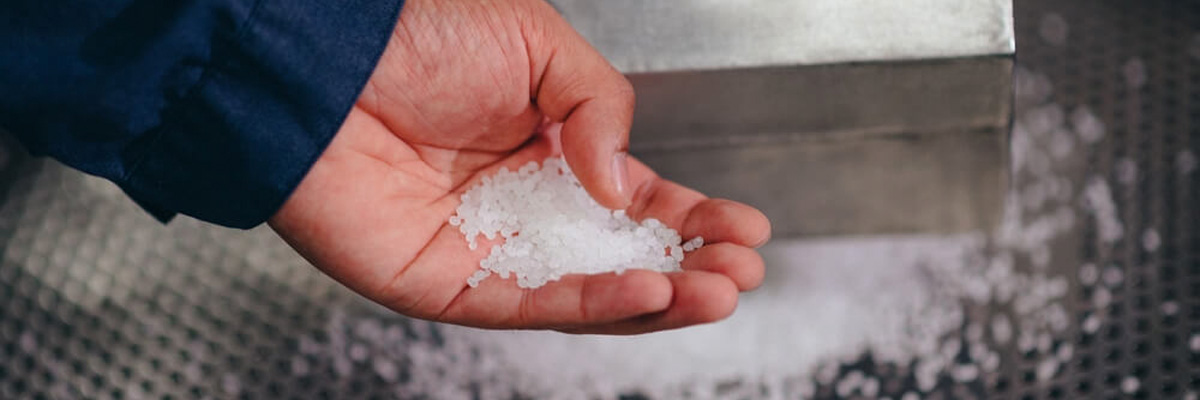- info@abkunststoff.de
- Wuppertaler Strasse 79, 45549 Sprockhövel, Deutschland
What are the Physical Properties of Polypropylene?
Polypropylene (PP) is a hard, opaque and durable material. It has low specific gravity, can float in water. The crystal structure of the most common commercial polypropylene is somewhere between low density polyethylene (LDPE) and high density polyethylene (HDPE). It is less hard than LDPE and less brittle than HDPE.
It is an electrically insulating material. Thanks to its low surface roughness value, friction resistance is also low. Low surface roughness values allow the materials to be used in food storage containers.
Polypropylene is resistant to repetitive dynamic loads. It is resistant to crack formation on the material surface against dynamic repetitive loadings. It is not resistant to ultraviolet rays.
It has been observed that the expansion coefficient of polypropylene materials is high after being exposed to heat. However, this expansion coefficient is not as high as that of polyethylene.
What are the Chemical Properties of Polypropylene?
The melting temperature of polypropylene is between 130 and 170 degrees. Due to its low cost, its commercial usage area is quite wide. Impact resistance is good. It is suitable for all thermoplastic processing processes. It is not resistant to weather conditions, it is open to oxidation. It is flammable, interacts with solvents containing chlorine.
Technical Features of Polypropylene are as follows;
High Chemical Resistancei
High Electrical Strength,
High Tensile Strength,
Low Wear Resistance,
Low Specific Gravity
Resistance to Low Atmospheric Effects
Joining with Welding
Polypropylene Usage Areas
Polypropylene is a material that we encounter in almost every part of our daily lives. Kitchenware, bathroom utensils, plastic garden furniture, tanks, rotary filters, fans, aspirators, bathtubs, clothes hangers, electrical materials, cables, threads, stretch films, automotive industry, etc.
Polypropylene (PP), which has a wide range of uses from parts used in the automotive industry to textile and food packaging, packaging and labeling, textiles (such as rope, thermal underwear and carpet), stationery, plastic parts and reusable containers, laboratory equipment, speakers, automotive used in many applications such as parts.
Polypropylene is also used in pipes, which are popularly known as plastic pipes and through which potable water or waste water is transported. Plastic chairs, which we frequently encounter in our daily life, are mostly produced from PP-polypropylene. Due to its insulation feature, a single layer can be used as an auxiliary element in roof insulation. Polypropylene is still preferred for insulation of electrical cables.

